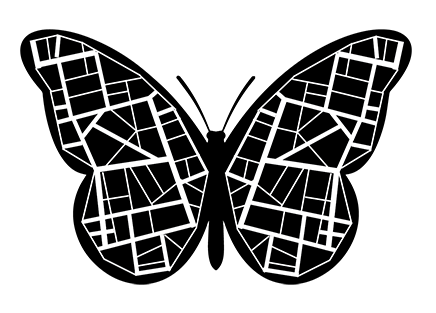In a time where buzzwords like sustainable and eco-friendly are used to tantalize us all into guilt free shopping, much of which further plagues the planet, it's hard to know who to trust. Nowadays, everyone says their products are sustainable, but what does that even mean? Most often, it means absolutely nothing. It's become a marketing term more than anything else.
That’s called greenwashing: a term in the sustainability world used to describe marketing tactics that make a product, brand or business seem sustainable when they're not. It's a word used to slam larger, usually corporate brands making a feeble attempt to appear sustainable. (Think H&M’s Conscious Collection).
However, there are some brands and businesses out there doing it right. Most are young and scrappy, producing in such small quantities that their environmental impact is marginal -- while the larger conglomerates are making massive sustainability claims, yet producing more than the world will ever need.
The problem is that there is no point blank definition of sustainability. That's what makes it so hard for people to shop sustainably. And that’s what makes it so easy for businesses to call themselves sustainable without having to prove it.
It doesn’t help that there are a million ways to be sustainable, and one isn’t necessarily better than the other. A brand that uses recycled textiles may argue that they’re more sustainable than a brand that uses organic cotton. It’s like pinning two good guys against one another, and getting so distracted that the villain ends up winning.
Here at The Butterfly Club, our definition of sustainability is pretty simple. To live sustainably is to leave the planet, and the humans that inhabit it, a bit better off than how we found it. As long as we're moving in the right direction, that's all we care about. Sure, not all of our products are made from deadstock material (although most are), and you can't plant a flower with all of our hang tags (although you can with some), but our shit is sustainable because 1) it's made in small batches, 2) it's made by hand, and/or 3) it’s made by a minority business owned, making it good for the people who buy it and the planet it's made on.
At its core, sustainability is a mindset. It’s a state of questioning each and every purchase: do I need this, how long will I have it, who made it, how did they make it, and so on. It’s a checklist of requirements that consumers need to evaluate as they make purchases.
Similarly, sustainability is a design process. It’s the act of creating items with certain considerations in place: can I make this out of pre-existing materials, how can I minimize or eliminate waste as I make this, and so on. It’s a new standard of production that offers consumers a unique opportunity to purchase something beautiful, without further damaging the planet.
To shop and design sustainably is to do so slowly. To take time to learn about the items we’re buying, to be willing to wait a bit longer for them to be made, to keep them in our closets and homes a bit longer. Slowing down the consumer cycle won’t solve all of our problems, but it sure will help. And while we still have a ways to go, as a society, we're starting to learn the power of our dollar. If we take the time to learn more about the brands we're supporting, and the businesses we're choosing to keep afloat, we may be able to move in the right direction.
